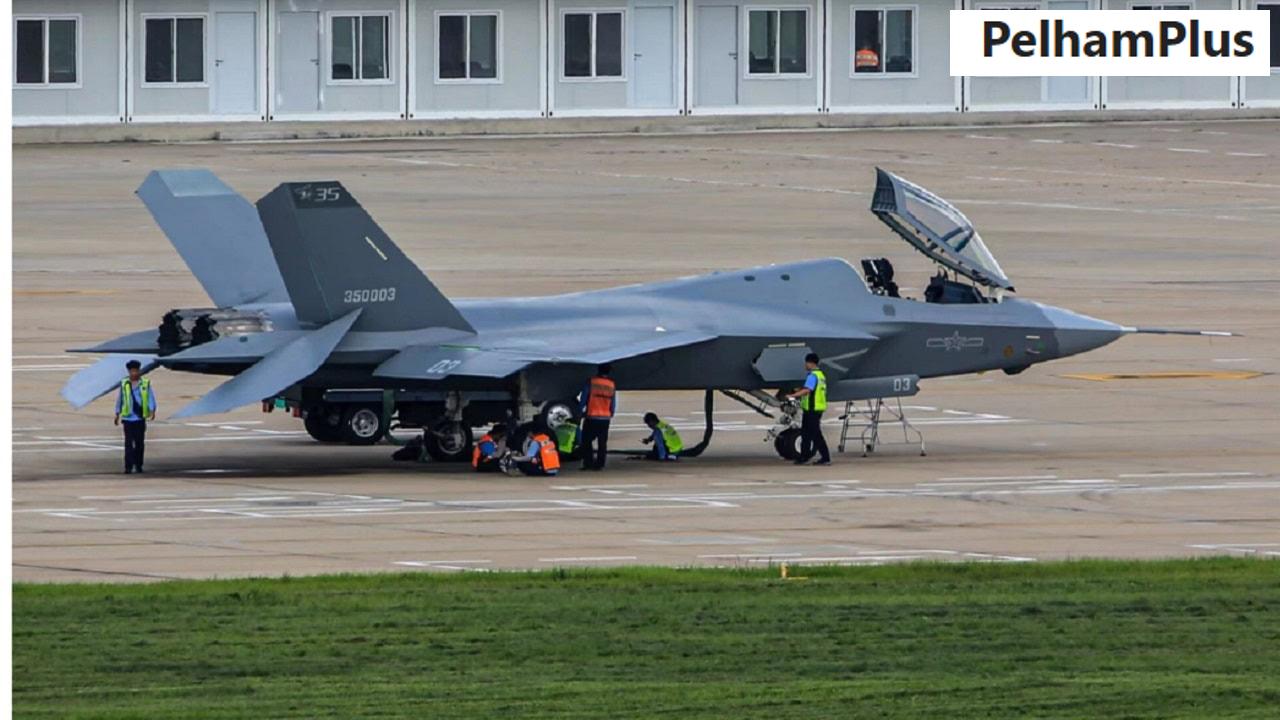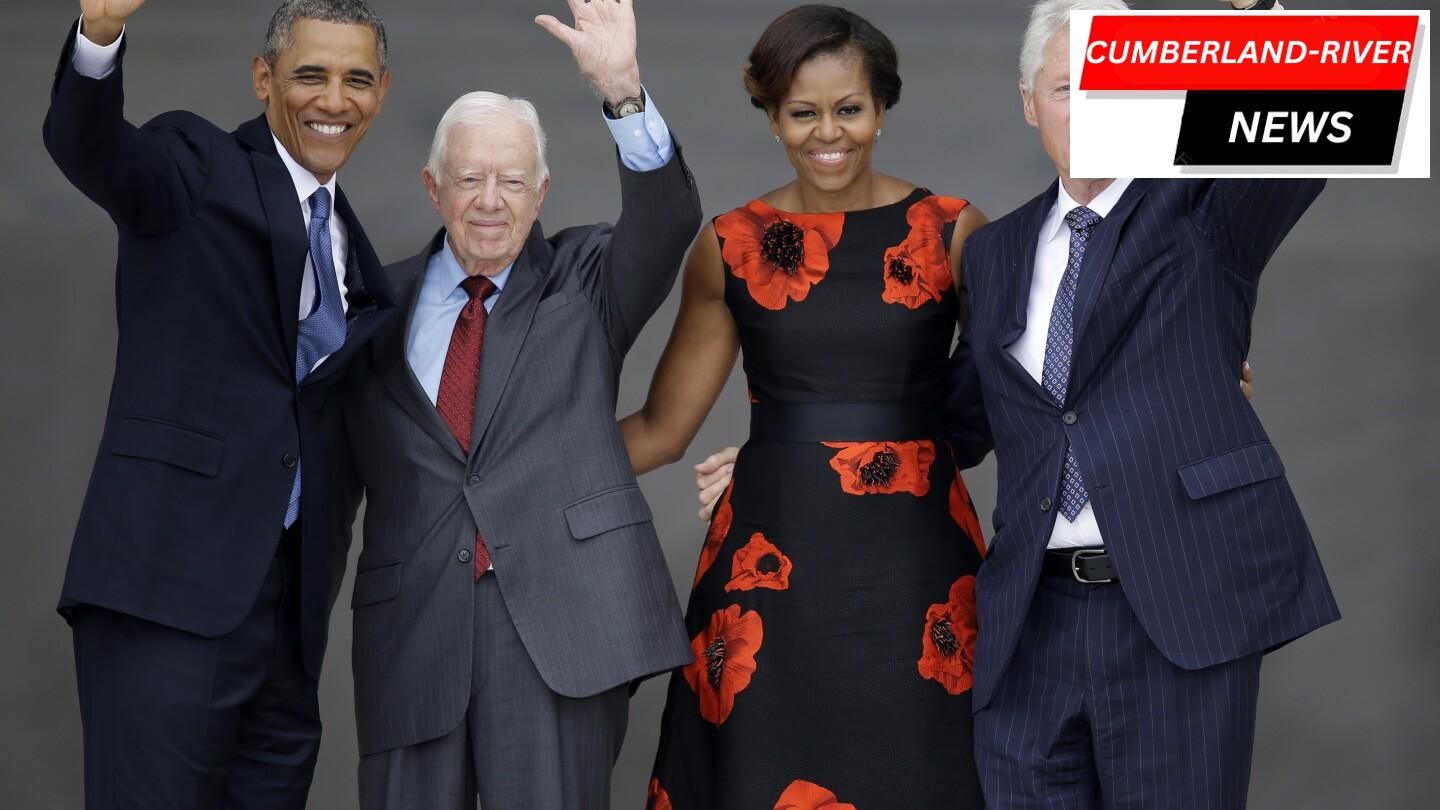The skies over South Asia are seeing some big changes, and it all revolves around a new fighter jet from China known as the J-35. This jet has some people worried and some feeling excited because it could change how countries in that region protect their airspace. What does this mean for countries like Pakistan and India? Let’s dive into the story!
China’s J-35 Stealth Fighter to Pakistan: A Game-Changer in South Asia?
China is stepping up its military game by potentially selling its J-35 stealth fighter to Pakistan. This move could shake things up in the balance of power in South Asia. The J-35 is not just any fighter jet; it comes packed with advanced stealth technology that allows it to fly without being easily detected by enemy radars. If Pakistan gets its hands on these jets, it could mean they have a stronger air force, which might make India think twice about its own defenses.
Regional Security Implications
This new deal has everyone talking because it could lead to a lot of changes in how countries in South Asia interact with each other. If Pakistan gets the J-35, it not only boosts their military capabilities but also puts pressure on India. India might feel the need to strengthen its air power even more, perhaps by buying advanced jets from countries like the United States or others. It’s a bit like a game of chess, where every move has to be calculated to protect one’s own pieces.
J-35 Sale: A Boon for the Chinese, Too
But it’s not just Pakistan that stands to gain from this deal. China would also benefit significantly by establishing a strong presence in the international arms market. By selling the J-35 to Pakistan, China shows that its military technology is in high demand, which could lead to future sales to other countries. This could help strengthen China’s partnerships with countries that want better defense capabilities without relying on Western countries.
Challenges Ahead for Pakistan
While getting the J-35 might sound great on paper for Pakistan, they are facing some real-life challenges. Integrating such advanced technology into their existing military systems may prove to be a complicated task. They’ll need to train their pilots and mechanics, which takes time and resources. Additionally, operating this advanced fighter jet means they will also have to keep it well-maintained, which can be tricky, especially when dealing with high-tech equipment.
The Western Response
As this potential sale looms on the horizon, countries like India and its western allies are paying close attention. The U.S. and its partners may need to reassess their strategies and form more solid alliances to maintain their influence in South Asia. The worries about China’s growing military reach could prompt more discussions about defense cooperation, aiming to counterbalance the increasing power of the J-35 in the skies.
Conclusion
With the J-35 stealth fighter, China is making moves that could change the future of military dynamics in South Asia. If Pakistan goes through with the purchase, it could not only strengthen its air defenses but also reshape the region’s security landscape. As always, in the world of international relations, keeping one step ahead is crucial, and this new aircraft might just be a move that brings a new set of challenges and opportunities.
| Feature | Details |
|---|---|
| Jet Type | Stealth Fighter |
| Primary User | Pakistan (potential) |
| Key Advantage | Advanced Stealth Capabilities |
| Impact | Altered Military Balance in South Asia |
| Challenges for Pakistan | Integration and Maintenance of Technology |




